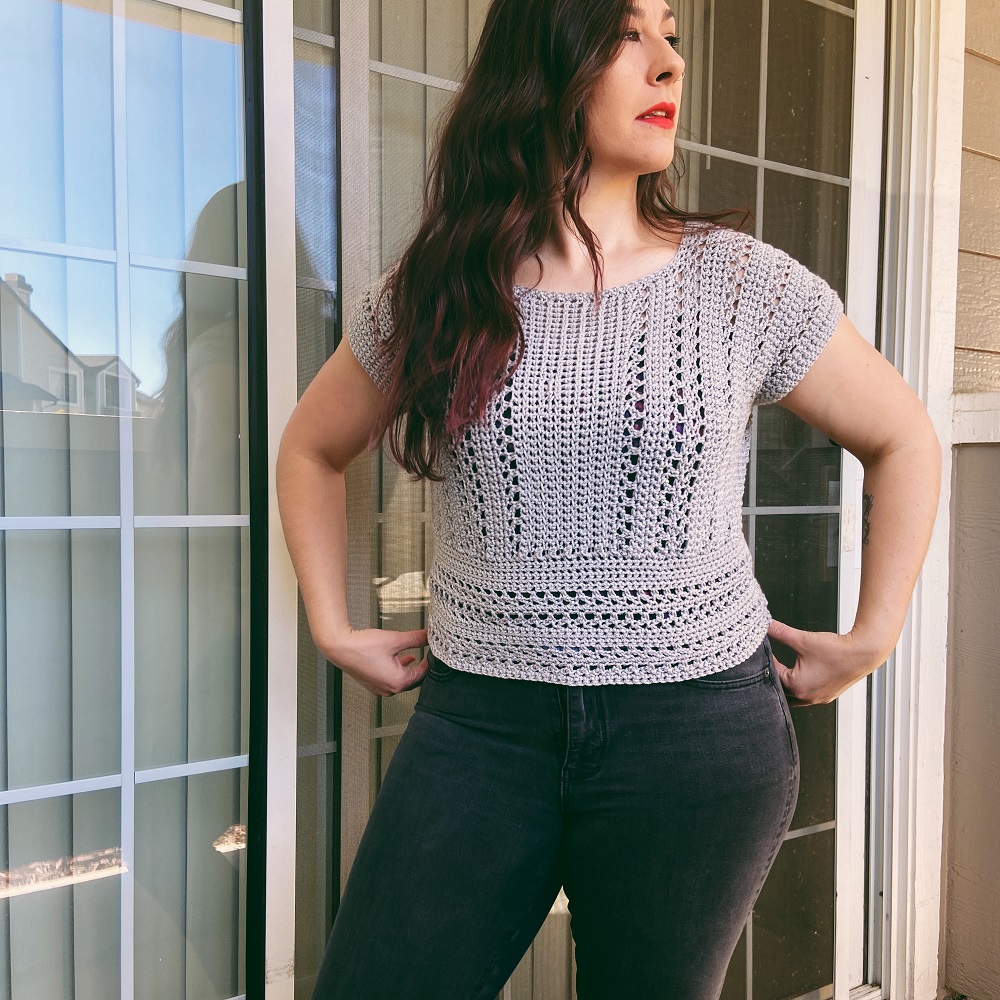Maybe you can relate — a big fear of mine is to not be able to make things anymore, simply because my body won’t let me from pain and excessive discomfort. The goal is to knit and crochet for many, many years to come. Therefore, it is extremely important to prioritize self-care as a maker.
As a maker who also is passionate about physical well-being (history in gymnastics, dance, powerlifting, and olympic weightlifting), I spend a lot of time thinking about efficiency of movement and ways to care of my body so that I can continue doing the things that I love, without pain.
In this post, I’ll be sharing 5 ways to reduce pain and discomfort when knitting. These are self-care strategies that I’ve been focused on implementing over the last few months. I’ve felt a big improvement in the way that my hands, wrists, and forearms have been feeling. AND, there’s the added bonus of improvement in my knitting speed!
If you are interested in learning about self-care strategies for makers then keep on reading!
1. Yarn & Hand Tension
As we knit, there’s lots of things happening all at once. We’re holding the yarn, holding/working the two needles, all while trying to maintain consistent yarn tension so we can make beautiful, even stitches. This can cause a lot of unnecessary tension to build up in the hands and forearms.
This was probably my biggest issue and cause of pain. The solution for this mistake is pretty simple. All it takes is AWARENESS and PRACTICE. At first, you may have to actively tell yourself to relax your hands and breathe while knitting. This might initially slow you down, but once you get into a rhythm while keeping the hands relaxed, you might actually end up working quite a bit faster!
2. Knitting Posture
Posture is how your body is arranged while you knit. I like to knit sitting down on my couch. It’s been helpful for me to sit upright, feet planted evenly on the floor, or legs reclined and straight. While sitting on a soft surface like a couch, I gently draw in my lower abdomen to help protect my lower back. I try and keep my shoulders relaxed down, away from my ears. I think about keeping my head up straight and stacked on top of my spine, rather than hunching over. Instead of leaning in towards my hands to see what I am doing, I bring my hands closer to my face. Sometimes, I will take two small pillows and place one under each arm, sort of under the armpit and elbow. This brings my elbows up and out from my sides and feels more comfortable for long knitting sessions.
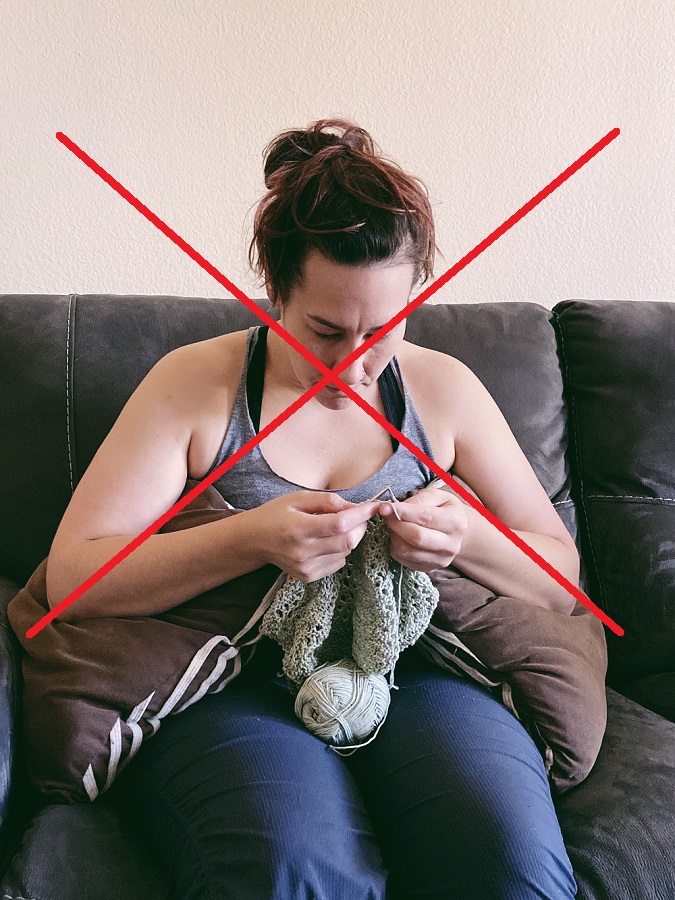
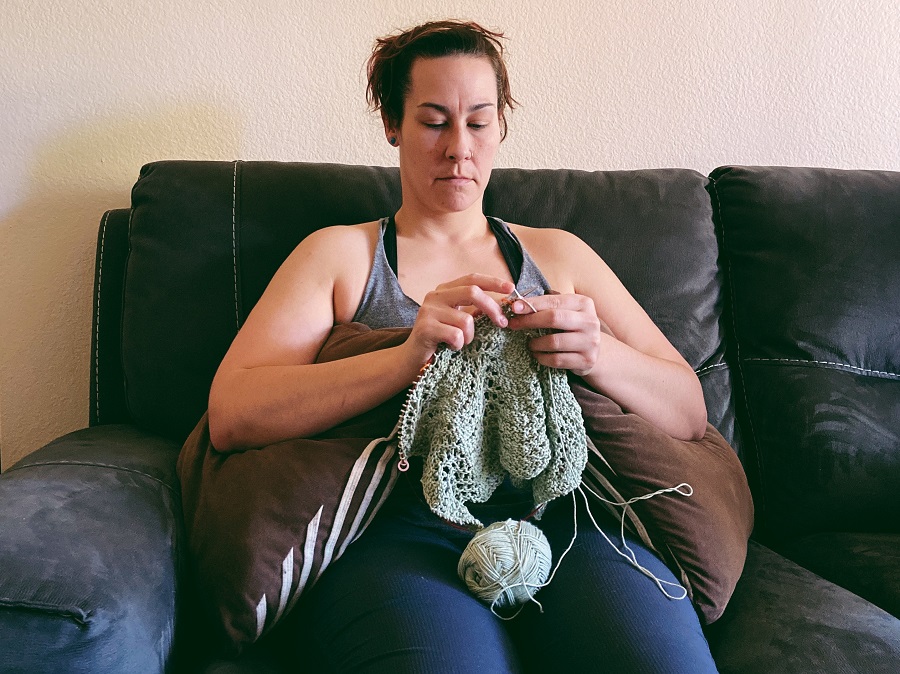
3. Grip & Hand Movement
Grip is how you hold the needles while you knit. In an attempt to be fast, I used to twist and skew my hand in all different directions. This led to wrist pain and pain in my thumb joint. Would not recommend!!
The biggest tip I can share about grip, is to try to keep a straight line from your fingers down to your wrist. Think of reducing hand/wrist twisting and flexion as much as possible. This can be applied no matter what style you knit in. You may have to slow down while you rewire your brain into this new movement pattern. The more you do it, the less you will have to think about it. In no time at all you will be moving more comfortably and efficiently.
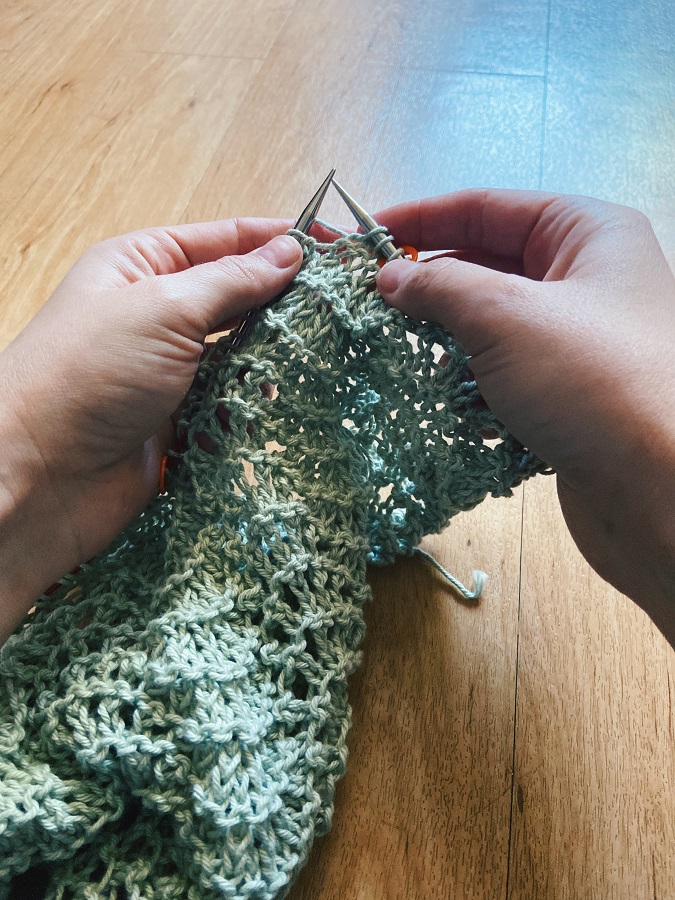
If you are struggling with excessive hand movement, I recommend looking into learning the Norwegian Knitting Technique. In this knitting style you keep everything very close together so that movements are minimal, quick, and easy. I learned all about this style of knitting when I stumbled upon Arne and Carlos on YouTube. They are wonderful teachers and awesome humans who also happen to be quite hilarious. They have one video all about the Norwegian Knit and a separate video all about the Norwegian Purl. Carlos breaks down the technique in a simple step by step approach. Arne and Carols include some funny sayings that really help with remembering the technique.
4. Take Regular Breaks
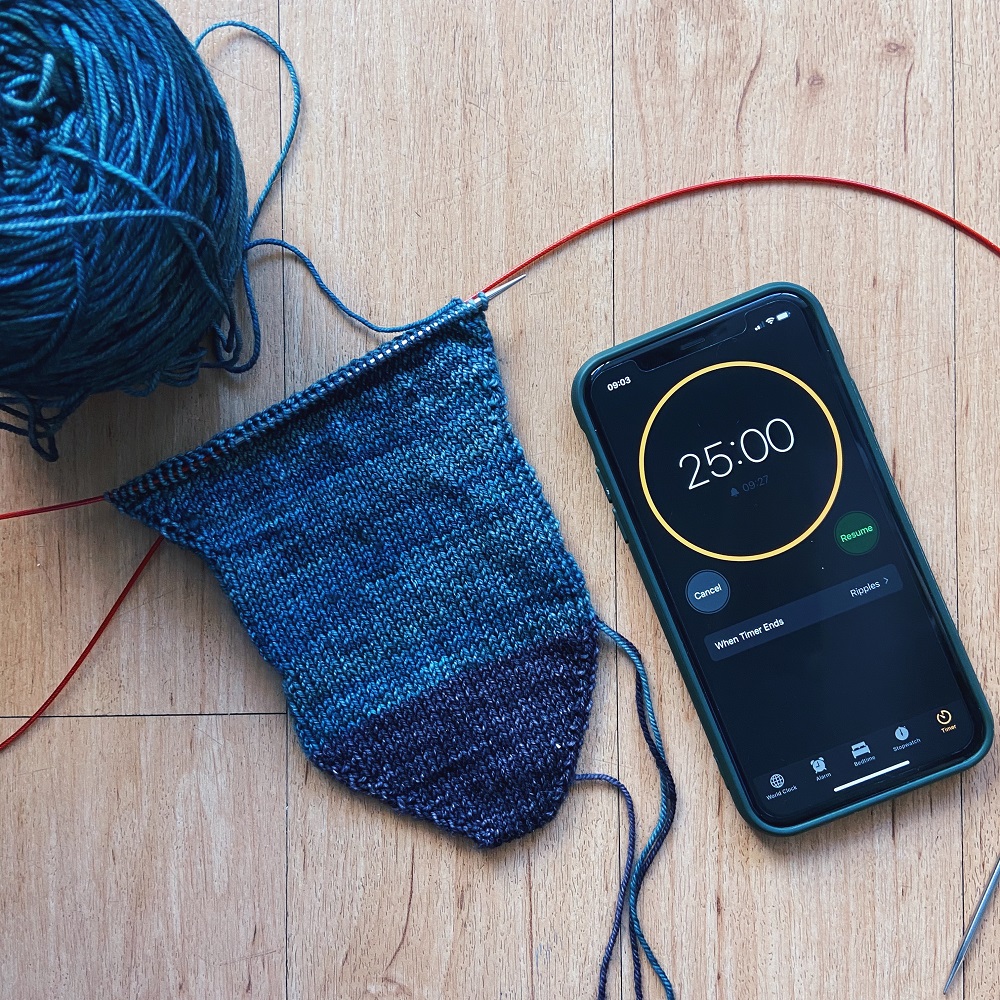
It is SO important to take breaks every so often when you are knitting. It is not good for the body to stay in one position for many hours at a time. This leads to stiffness and discomfort. Blood flow is important for well being, and to get your blood flowing well, you need to move around! I recommend setting a timer for 25 minutes and when it goes off, get up, move around and stretch! This idea’s inspired from a productivity tool called the Pomodoro Technique.
Read more about how this can help your knitting/crocheting here: The Pomodoro Technique for Pain Free Knitting and Crocheting.
5. Mobility & Stretching
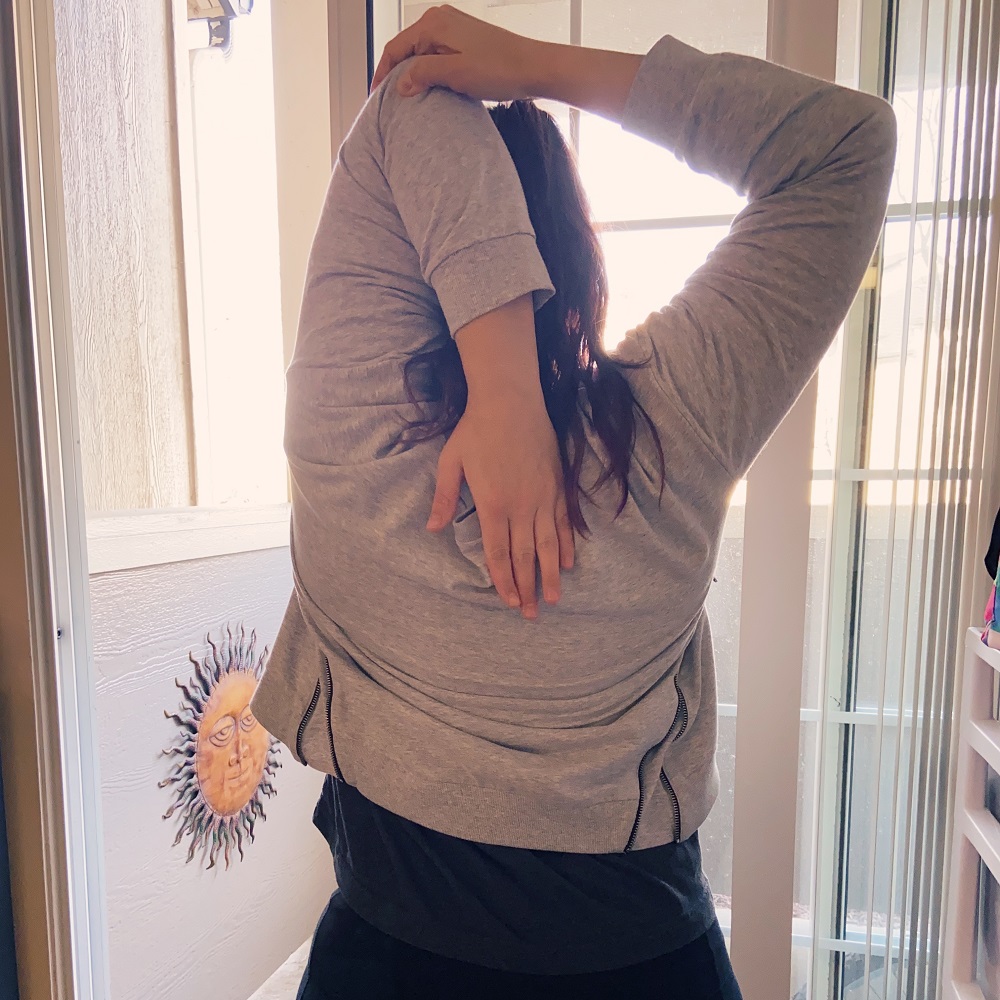
The body can get stiff from sitting in the same position as we create these beautiful and amazing, time consuming projects. It’s extremely beneficial to include some stretching and mobility at least once or twice during a long knitting session.
Check out: My Stretching and Mobility Routine for More Comfortable Crocheting and Knitting to see the movements that I like to include each session.
Putting it into Practice
I hope that you’ll give all five of these maker self-care strategies a try. Tell me in the comments if you have struggled with pain from knitting or crocheting. What do you usually do that’s helped it & which tips you are most excited about trying?

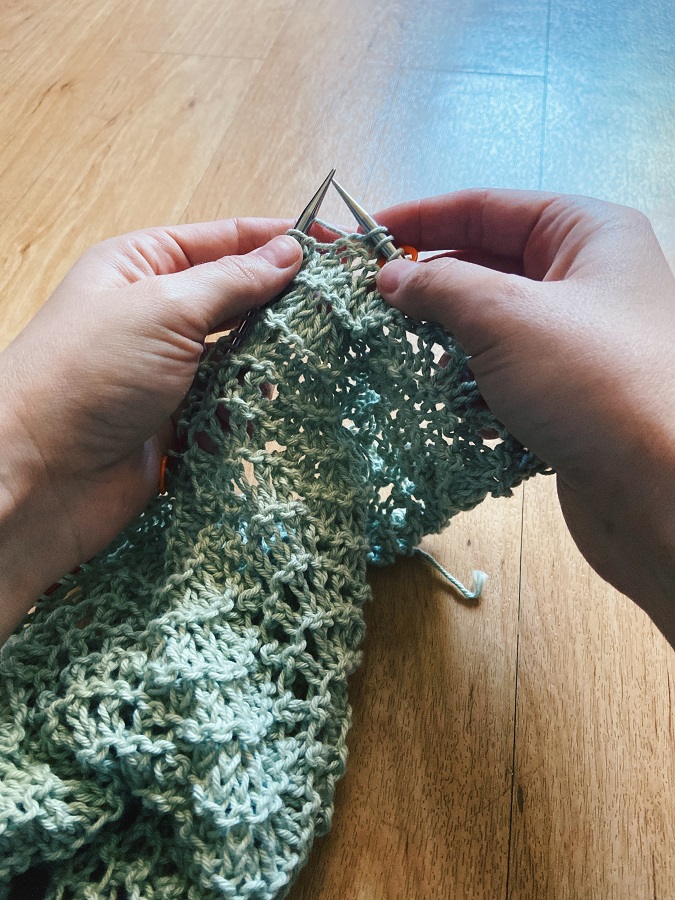

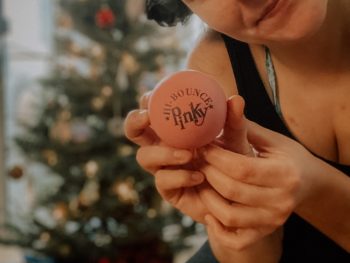
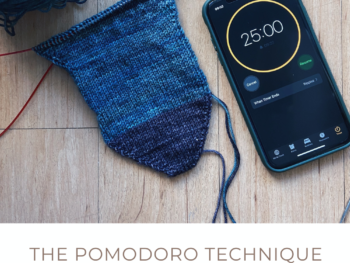
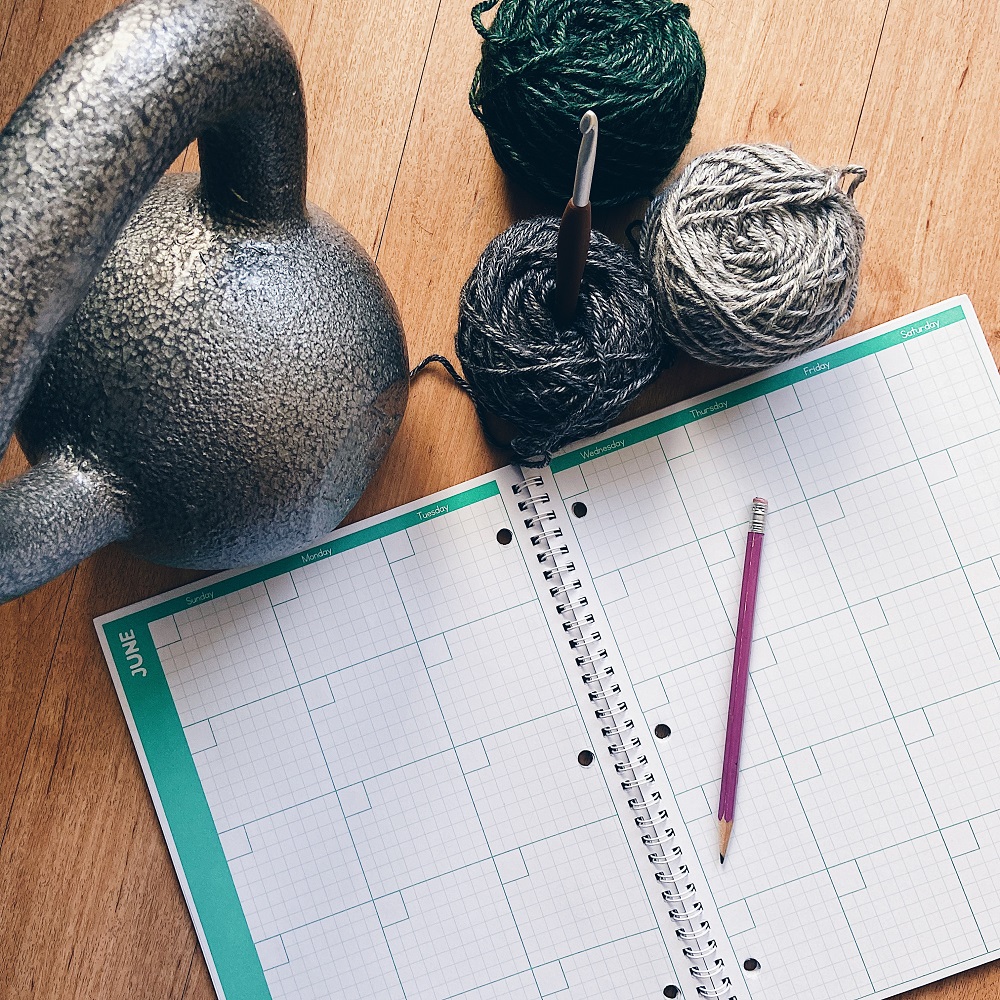
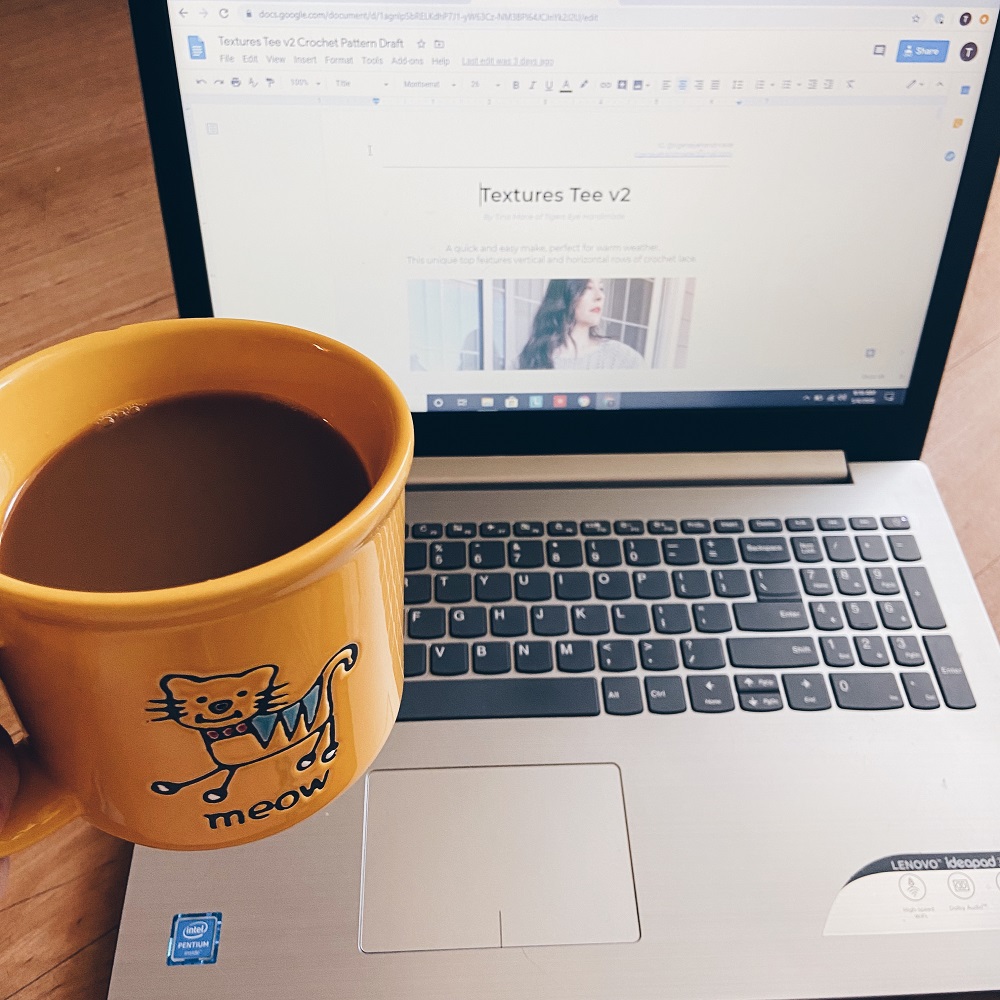 All About Testing: For New Crochet and Knitwear Designers
All About Testing: For New Crochet and Knitwear Designers